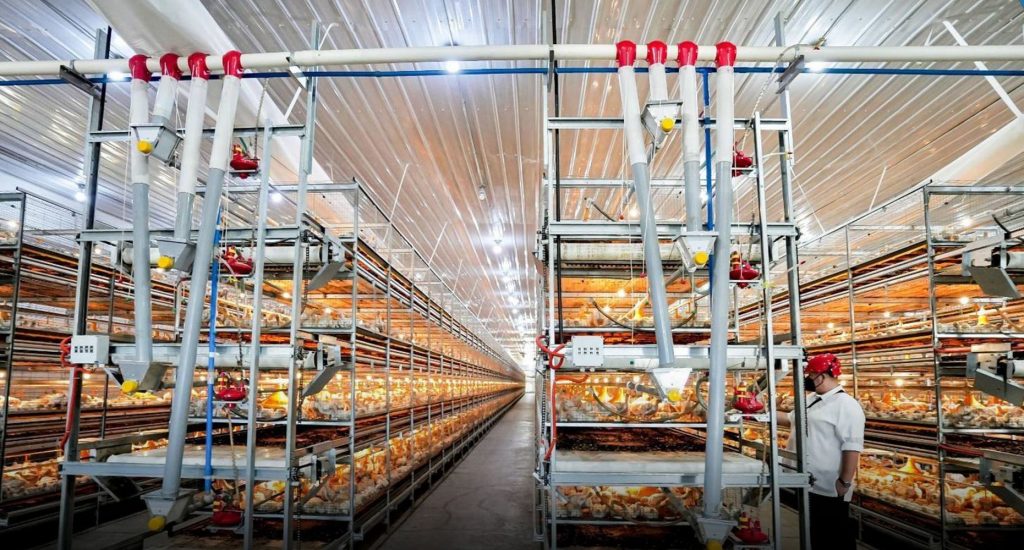
Photo by PCO
Swiftly addressing the surging demand for agricultural products, President Marcos passionately advocated for the industrialization of the agriculture sector in the Philippines. Sharing his perspective during the inauguration of San Miguel Corporation’s (SMC) poultry megafarm in Hagonoy, Davao del Sur, on Thursday, October 12, the President was accompanied by SMC President Ramon Ang.
Emphasizing the urgency of transforming the agriculture sector, President Marcos acknowledged the escalating demand fueled by factors like population density and geopolitical situations. Against this backdrop, he underscored the necessity of overhauling the country’s agriculture practices to meet the burgeoning needs.
“This facility, such as this megafarm, exemplifies how the country can revolutionize its agriculture sector. Given the population density and the current geopolitical situation, which has worsened considerably, we have pushed hard to ensure that the Philippines can feed its people independently,” remarked President Marcos during his speech.
Highlighting the pivotal role of industrialization, he asserted that it would ensure an ample supply of affordable food for the people while concurrently providing producers and farmers the means to earn a decent living. President Marcos emphasized the multifaceted impact of megafarm facilities, not only contributing to food security but also fostering economic development within local communities.
In his vision, the establishment of megafarm facilities will encourage collaboration among the local community, cooperatives, and farmers’ associations. This collaborative approach aims to ensure that various stakeholders can reap the economic benefits of such initiatives.
“So, that is the balance that we are trying to achieve. This kind of facility goes a long way in achieving that,” he affirmed.
President Marcos, alongside SMC President Ramon Ang, inaugurated the facility in Hagonoy. This poultry megafarm is part of a larger initiative, with 12 such projects planned across the country. The objective is to collectively produce 80 million birds or approximately 200 million kilograms in live weight per farm annually.